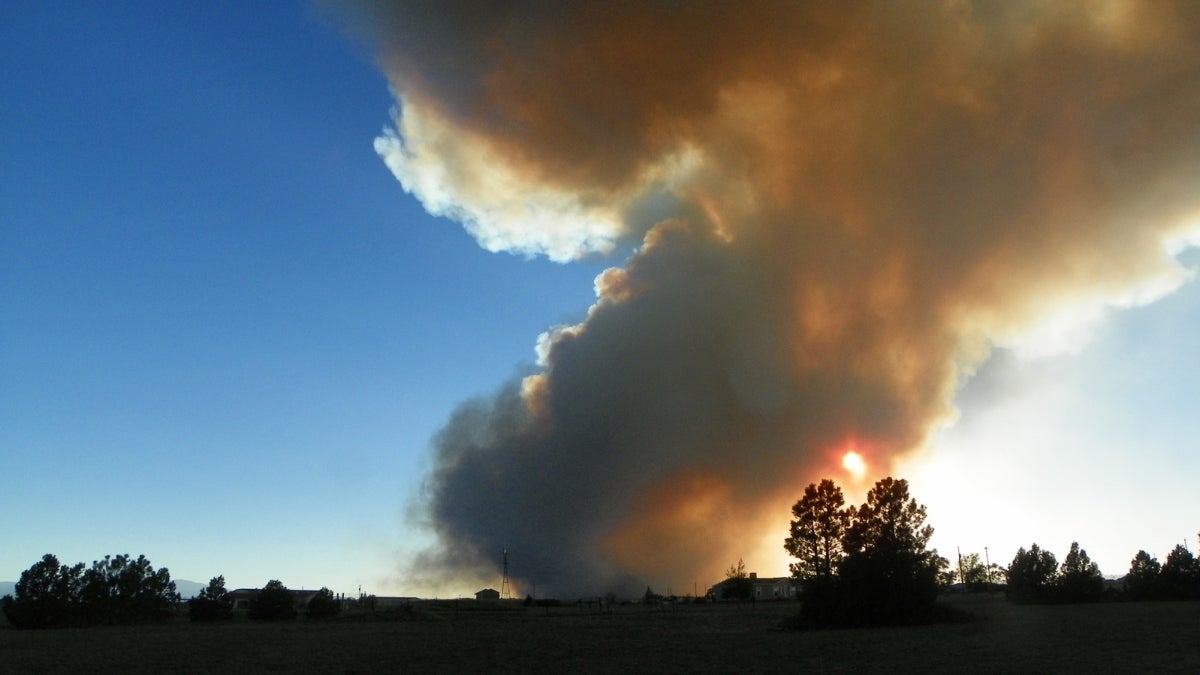Lack of prescribed burns fuels rise of megafires, ASU fire historian says

The current story of wildland fire management revolves around fighting fires when they happen, not getting ahead of them before they happen, said ASU Regents' Professor Stephen Pyne.
Photo by: Freeimages.com
With the largest fire in Washington state history raging and the sixth-worst fire season on record in the U.S. since 1960, the nation’s eyes are mesmerized by the lapping flames and expanding smoke clouds of wildfires. An eye-popping 7 million acres have burned in Alaska and the Lower 48 this year.
Wildfire is a striking story, often filled with the drama of danger. But there's a narrative missing from many of the reports: We need more controlled fires to prevent these runaway infernos, said fire historian and Arizona State University Regents’ Professor Stephen Pyne.
“The big story right now, from my perspective, is not the millions of acres burning because of wildfire, it’s the tens of millions that are not being burned under controlled conditions,” Pyne said.
“In (the suburbs), every fire put out is a problem solved,” he said. “In wildland, every fire put out is a problem put off. … They are fundamentally different.”
There are many reasons behind the rise of megafires this century, Pyne said.
Climate change is amplifying the cycle. So is the recolonization of rural America by suburbanites via second homes and retirees moving to the country. Past fire practices of stopping all fires have left forests choked with growth. Fine fuels — grass, pine needles, twigs and the like — are aggravating fire cycles.
The current story revolves around fighting fires when they happen, not getting ahead of them before they happen. Even when that’s done, it’s not working, Pyne said.
Flagstaff in northern Arizona is an example of a city “doing it right,” Pyne said. “They even passed a bond issue to thin and burn on federal land because the feds can’t. … It’s the largest project of its kind in the country.”
The plan is to thin 14,000 acres. As of June, 10,544 acres have been treated, according to a June report by the Flagstaff Watershed Protection Project.
Denver and Santa Fe have similar programs. In Arizona, the Flagstaff Watershed Protection Project is a partnership between the city, county, state and federal governments. The project is funded through a $10 million city bond issue that was approved by voters in 2012 and money from the Arizona State Forestry Division.
“It’s a remarkable thing that the city of Flagstaff would vote to tax themselves to do what the feds can’t pay for anymore,” Pyne said.
The federal fire budget is geared toward fighting fires, not preventing them.
Cleanup is not being done on the scale it needs to be done, Pyne said, pointing out that the Wallow Fire in Arizona in 2011 burned more than 400,000 acres in two weeks.
“Cleanup is messy and expensive,” Pyne said. “There’s not a simple solution to this. … In the West it’s too complicated, it’s too expensive, there are too many impediments. We do some thinning, some prescribed burns, so we can absorb the fires that come at us. … The rest, we’re not going to get ahead of it.”
Pyne is a Regents’ Professor in the School of Life Sciences at ASU and Distinguished Sustainability Scholar. Regents professors are top tenured faculty who have made significant contributions to their field.
His latest book, “Between Two Fires: A Fire History of Contemporary America,” telling the story of U.S. wildland fire management, will be released Oct. 15.